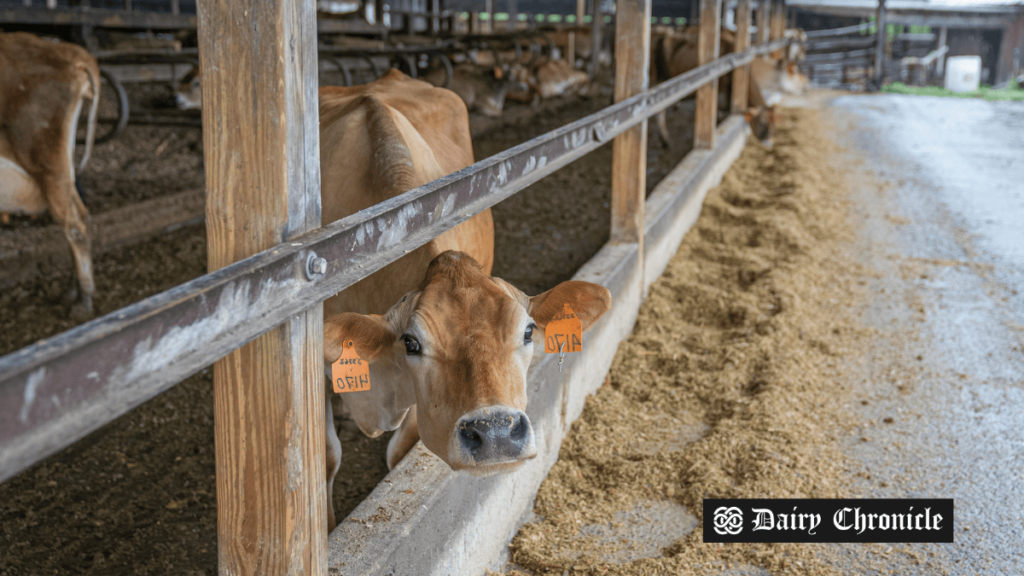A study by Ohio State University reveals the adverse effects of dried distillers grains with solubles (DDGS) on milk production in dairy cows. Researchers found that incorporating DDGS leads to reduced milk yield and components, primarily due to high sulfur content and polyunsaturated fatty acids. By adjusting the dietary cation-anion difference (DCAD), dairy farmers can mitigate production losses and maintain profitability.
A recent study conducted by researchers at Ohio State University in the United States has revealed critical insights into the production challenges faced by lactating dairy cows when incorporating dried distillers grains with solubles (DDGS) into their diets. DDGS, a byproduct of ethanol production, is commonly used as a protein substitute for soybean meal in dairy rations. However, dairy producers have consistently reported reduced milk yields and components when DDGS replaces soybean meal in their cows’ diets.
The research, led by graduate student Kirsten Clark under the guidance of Dr. Chanee Lee, aimed to explore the reasons behind the observed decline in milk production linked to the use of DDGS. The study, recently published in the Journal of Dairy Science, involved 60 lactating cows, which were divided into five groups, each receiving different total mixed rations (TMR).
The feeding groups included:
- Soybean Meal (SBM): A traditional diet using soybean meal as the main protein source.
- DDGS (DG): A modified diet incorporating 30% DDGS, replacing primarily soybean meal and soy hulls.
- Soybean Meal Plus Sulfur (SBM+S): The standard SBM diet augmented with sodium bisulfate to increase dietary sulfur.
- Soybean Meal Plus Corn Oil (SBM+CO): The standard SBM diet supplemented with corn oil for additional fat.
- DDGS with Elevated DCAD (DG+DCAD): The DG diet supplemented with sodium bicarbonate and potassium carbonate to increase the dietary cation-anion difference (DCAD) to 300 mEq/kg DM.
Throughout the study, cows were initially fed the SBM diet for ten days before transitioning to their assigned rations for five weeks. Researchers closely monitored milk production, blood parameters, and nutrient digestibility across all groups.
Key findings from the study include:
- Milk fat depression was confirmed to occur when high levels of DDGS were included in the lactating diet, attributed to the high levels of polyunsaturated fatty acids (PUFA) found in DDGS.
- The high sulfur content in the DDGS ration did not directly impact production but lowered the DCAD, which likely contributed to an impaired acid-base balance and subsequent milk fat depression.
- By increasing the DCAD to 300 mEq/kg DM in the DG+DCAD group, researchers successfully eliminated the observed milk fat depression.
The study concluded that raising the DCAD when feeding at least 20% DDGS could help mitigate production losses, making it a viable strategy for dairy producers to lower feed costs while maintaining milk yield.
This research underscores the importance of understanding the nutritional impacts of feed ingredients like DDGS on dairy cow performance, offering valuable insights for dairy farmers seeking to optimize their feeding strategies in the United States.



